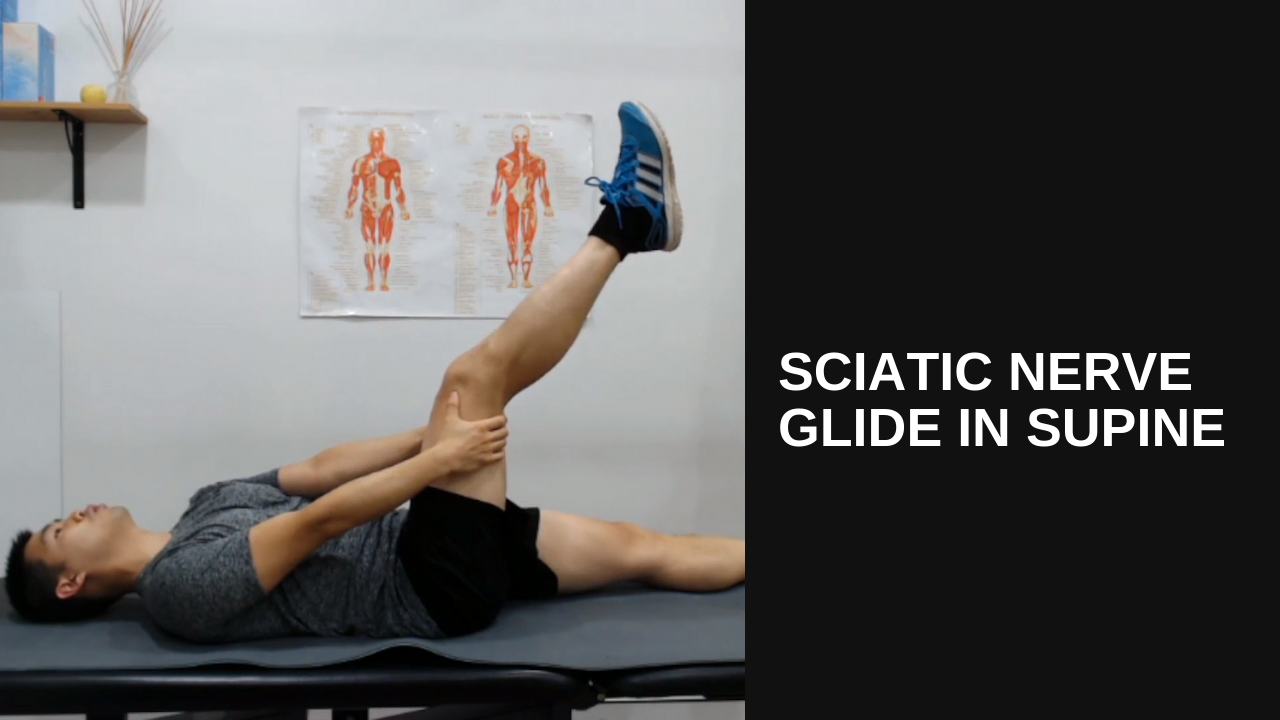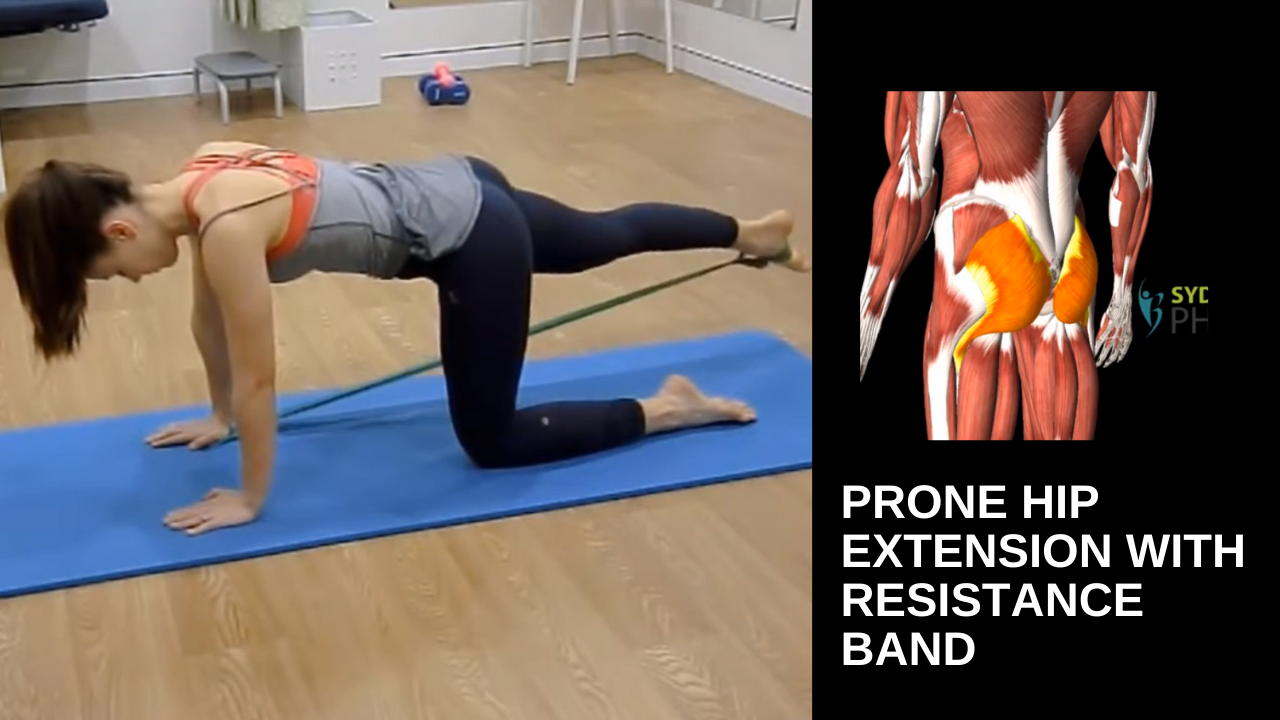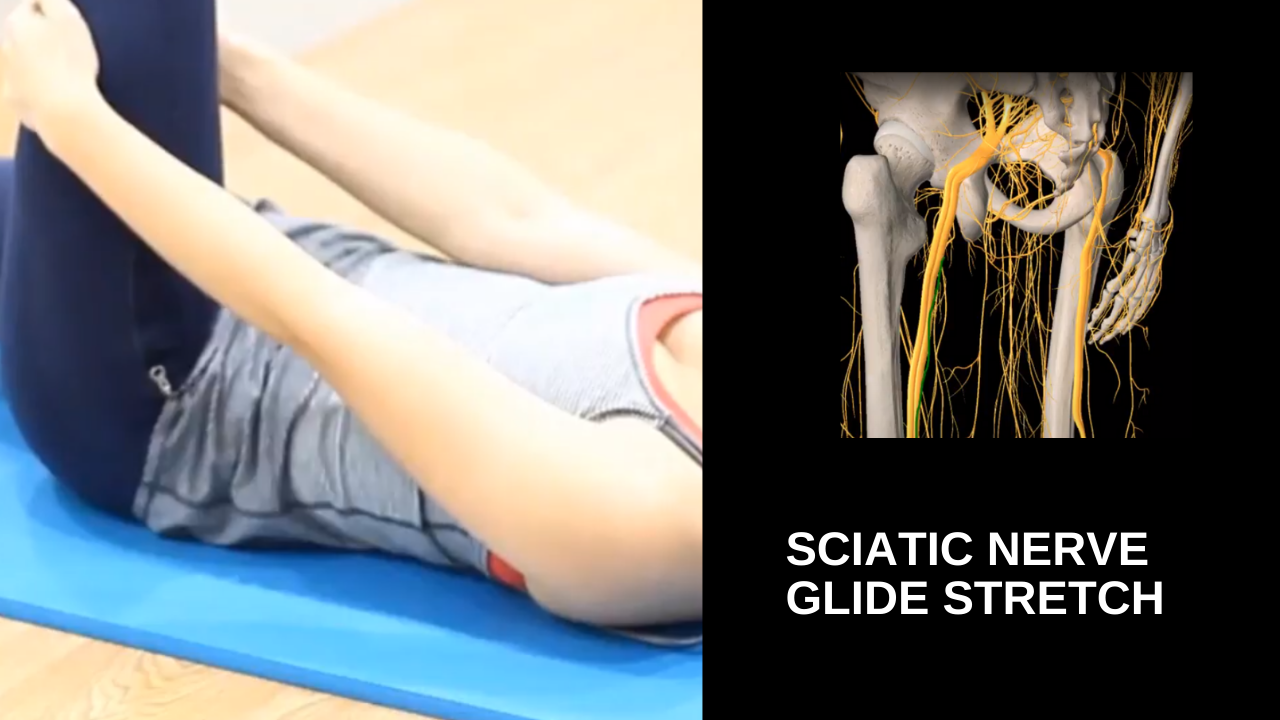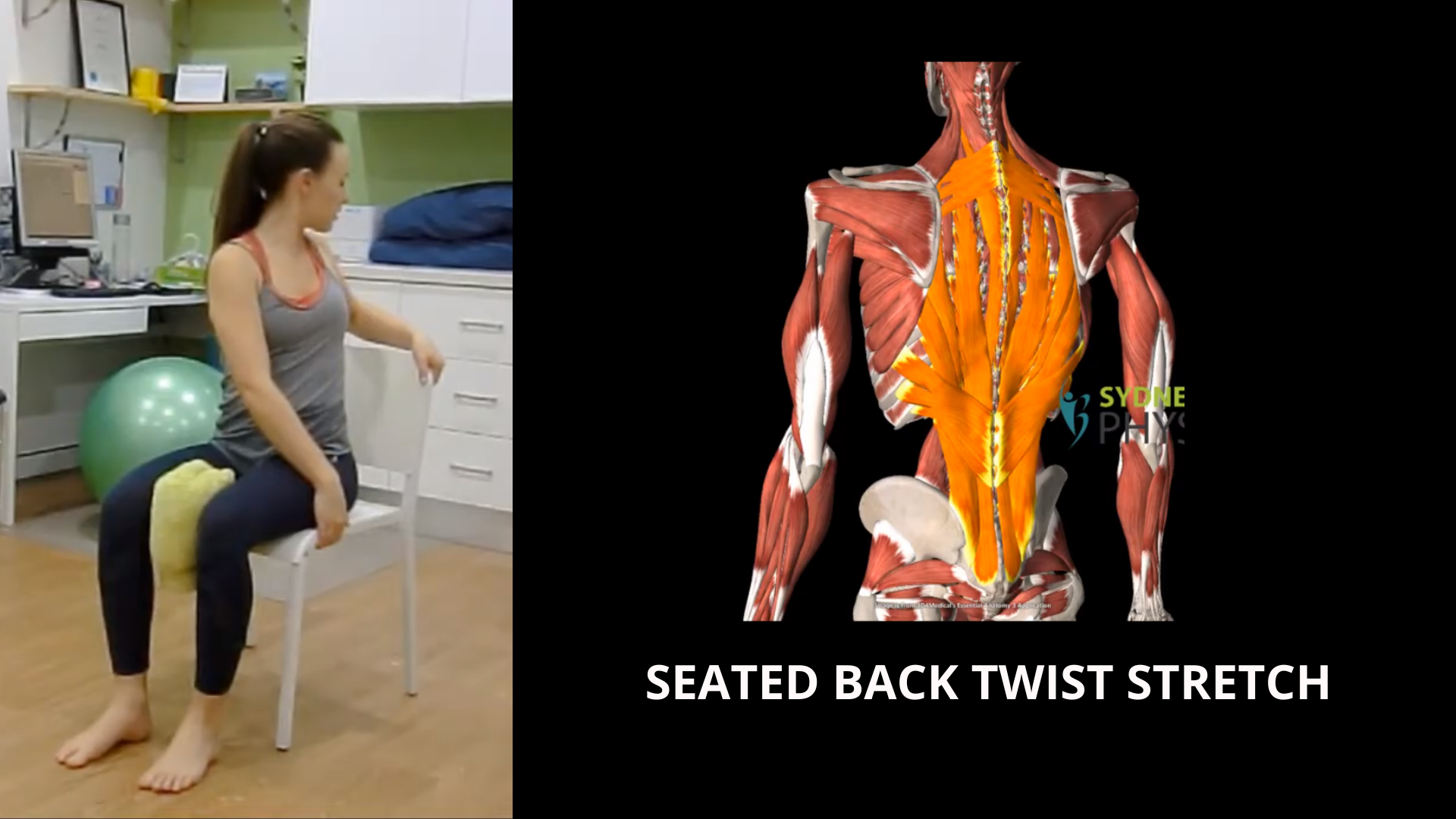Fixing your back pain
Back pain is one of the most debilitating physical pain you can get. It often refers down to the buttock and the side of the hip. It is one of the leading causes of pain and disability in Australia. Estimates show about 16% of the population currently have back problems and 70-90% of people will experience back pain at some point in their lives. This blog touches on:
What causes discogenic lower back pain?
What type of manual therapy can you expect during the session?
The effectiveness of the back exercise programs
How often should you conduct your exercises?
Ergonomics that you need to be aware of
Common causes of lower back pain in office workers
Many of us in the workforce share a common problem. We tend to sit all day long. When sitting for long hours, our lower back tends to rest in a slightly forward-bent position. Over time, the muscles, vertebrae, discs, and ligaments are overloaded. Sitting for long hours increases the risk of overloading the spinal discs, which are subject to deformation, thus increasing the chance of irritating the spinal nerves.
Hands-on manual treatment
The most common technique is the active release (which helps to relax your muscles), dry needling, cupping, vertebral joint manipulation, and massage. These can help reduce pain sensitivity and improve flexibility.
There are cases where you might feel a post-treatment soreness within 1-2 days after treatment. Post-treatment soreness like this is a normal response as the brain takes time to register the change in local tissue quality. Recovery speeds up if you persistently follow our instructions on the therapeutic exercises.
Lower back strengthening exercises
Strengthening exercises should be conducted as soon as pain permits. Here in Sydney Health Physiotherapy, we are advocating an active mindset to your recovery. Scientific evidence shows that a therapeutic exercise program is the most effective treatment modality to help with the recovery of the lower back. These back exercises are often simple and set in quantity. Your compliance and commitment to these exercises will embark you on the best path to recovery.
Back extensor strengthening
Specific Back exercises and their effects
Like any other joint our back needs to move. Exercise encourages flexibility, reduces overloading the vertebral discs, and builds strength. The pain we experience from prolonged sitting is often a sign to start moving! One research looked at over 750,000 individuals who received active care (exercises composed of 75% of treatment). When comparing to individuals receiving only manual therapy (passive care), we found that people who received active care significantly reduced the need for imaging, injection, surgery, and medications. In short, their quality of life improved for the long term.
How often should you conduct your exercises and your expectations?
We generally suggest that you spread out the sets of your back exercises. This means to conduct your exercises in the morning, before you go to bed, or even on a quick afternoon lunch break. The exercises that we prescribe focuses on rebalancing muscles and joints. You can experience slight pain or discomfort and that will be considered normal. Regular reviews with you during the treatment program help us to ensure that you are on the correct path to recovery.
Ergonomics advice
Begin with increasing your awareness of habits of everyday lives that are contributing to ongoing lower back pain. One major factor that we found clinically is the cradled -hammock sitting position” where people’s lower back is in a sustained flexion during sitting. People inadvertently get into these positions during:
Lying on the couch
Lying in bed watching TV or reading.
Slumped sitting position while in the office.
Driving with the backrest tilted too far back.
It is important for you to sit in a way where your lower back is in a neutral or slightly extended position during the recovery phase. You can have your lower back supported with a lumbar cushion, or you can adopt a sitting style that supports this position.
Physiotherapeutic treatment is the best way for your lower back pain to recover. Through our manual techniques, exercise programs, and advice on sitting ergonomics, the back will regain its function. If you are suffering from recurrent lower back pain, it will be helpful to receive regular check-up and treatment. There be more information in the blogs on sitting advice and exercise effects.
Reference
Australian Bureau of Statistics 2014–15 National Health Survey.
Babatunde, O. et al. (2017). Effective treatment options for musculoskeletal pain in primary care: A systematic overview of current evidence. PLOS One
Childs, J. et al. (2015). Implications of early and guideline adherent physical therapy for low back pain on utilization and cost. BMC Health Services Research














